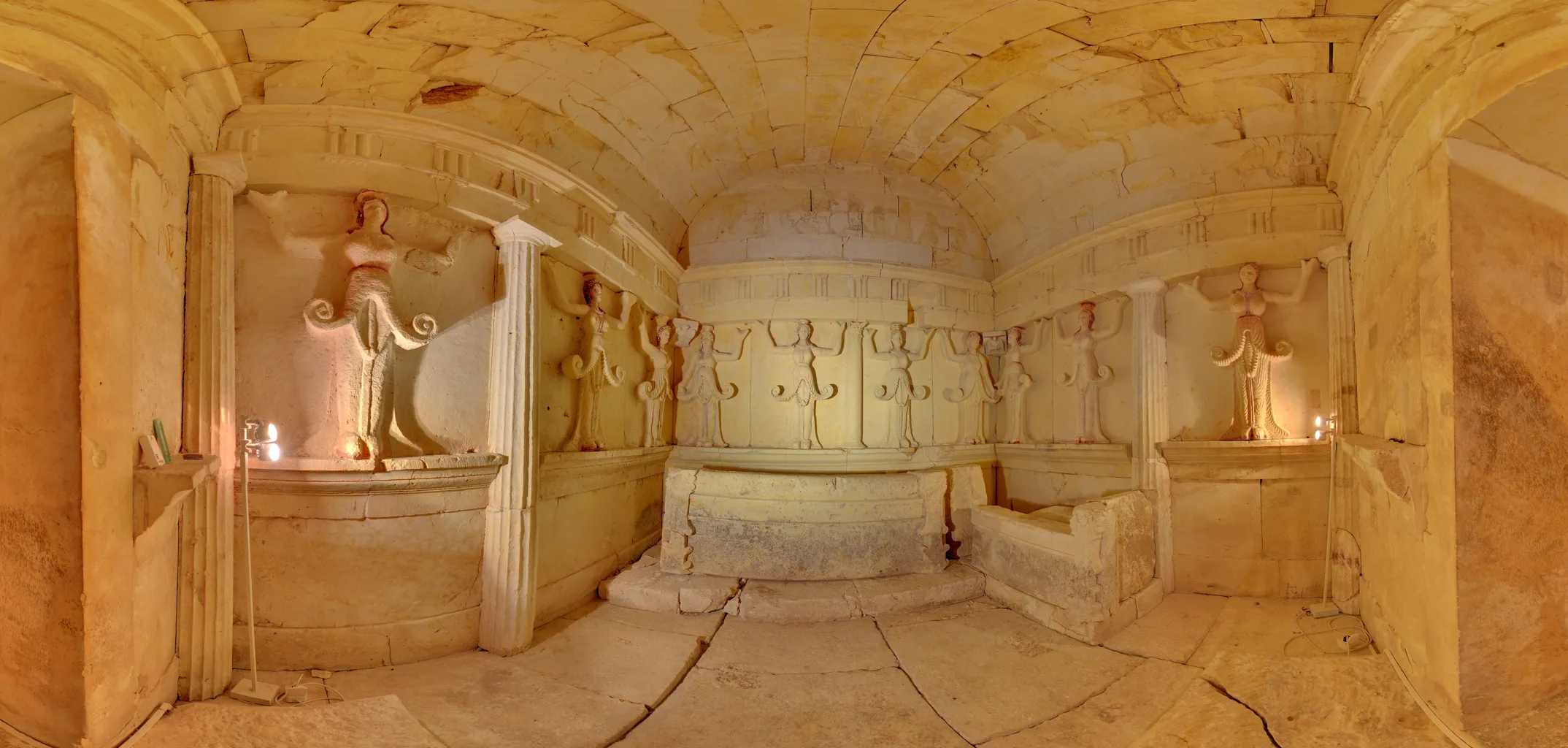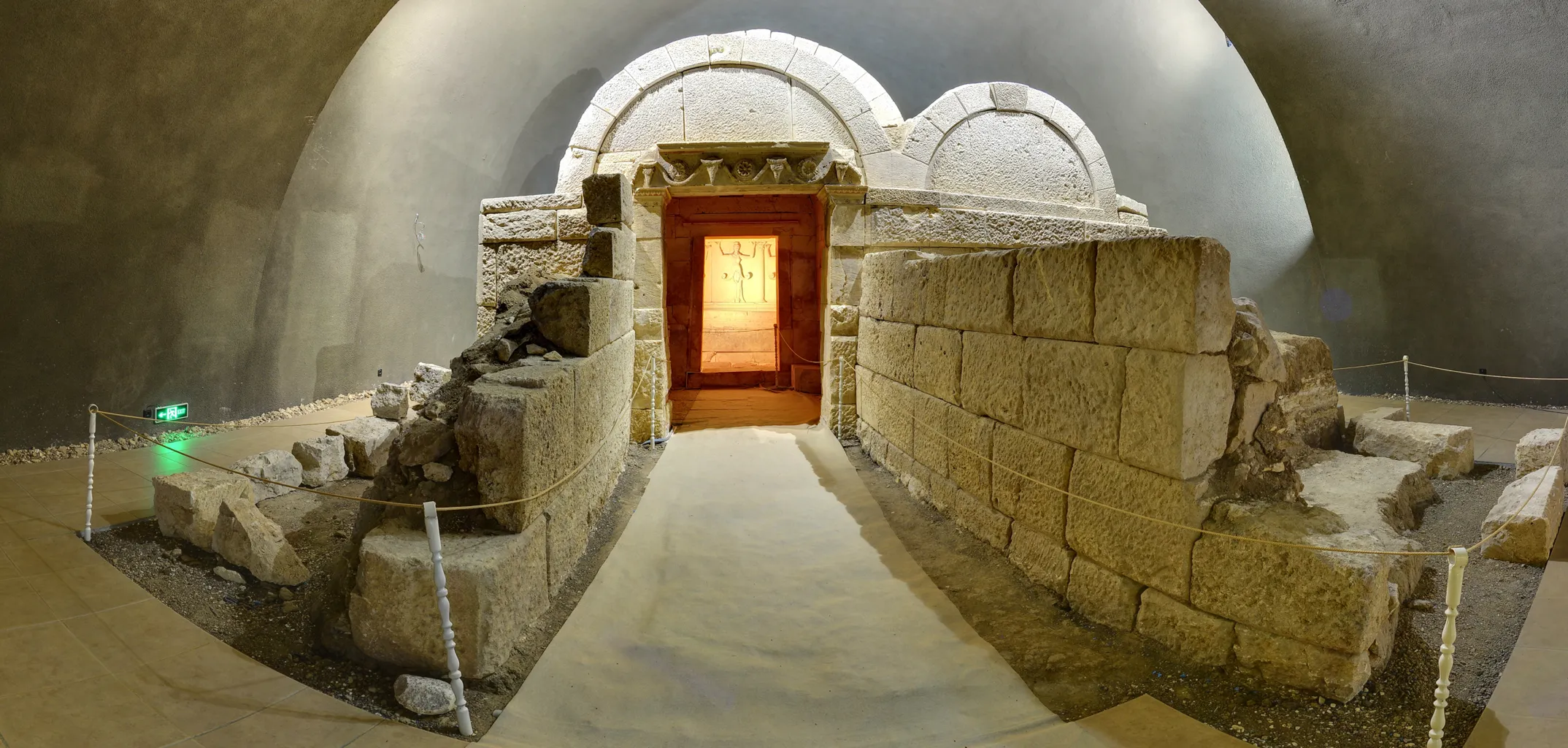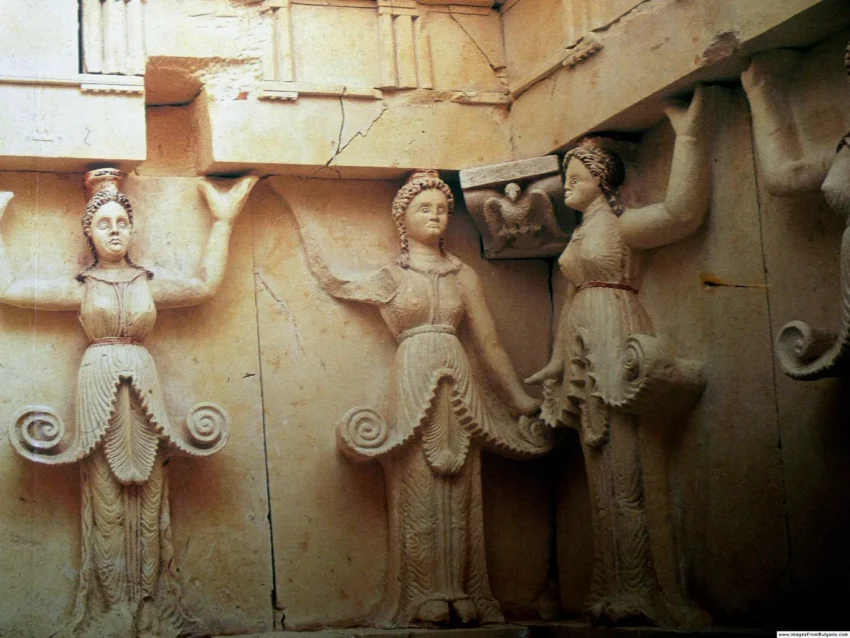Overview of the Thracian Tomb of Svestari
The Thracian Tomb of Svestari lies 2.5 kilometers southwest of Sveshtari village in Razgrad Province, northeast Bulgaria. This site, a UNESCO World Heritage Site, likely served as the burial place for King Dromichaetes and his wife, around 300 to 280 BC. Dromichaetes ruled the Getae, a Thracian tribe, across regions that today encompass Romania and Bulgaria.
Get your dose of History via Email

Archaeological Significance and Discoveries
Archaeologists discovered the tomb in 1982 at the East Mound Necropolis of Sboryanovo. They built it in the early 3rd century BC, reflecting Thracian cult building principles. The tomb’s unique architectural decor includes polychrome caryatids and vibrant murals. These elements highlight its exceptional status in Thracian archaeology.

Recent Excavations and Findings
In 2012, significant treasures surfaced near the village. These included a golden ring, 44 female figure depictions, and 100 golden buttons from 150 tombs dating back to the 4th century BC. These artifacts suggest a connection to the ancient Getan city of Helis.
Historical Context of the Getae
The Getae had ties with the Odrysian kingdom since the 5th century BC. The Balkan campaigns of Philip II of Macedon between 352 and 340 BC weakened Odrysian control, benefiting the Getae. By the late 4th century BC, the Getae thrived on both banks of the lower Danube, leveraging the political landscape shaped by Macedonian conquests.

The Settlement Near Sveshtari
Close to the tomb, archaeologists found a large ancient city and numerous Getic mound tombs. The city, strategically located on a plateau, was well-defended with stone walls up to 4 meters thick. This settlement, thriving between 335 and 250 BC, featured densely packed dwellings and a network of streets, indicating a bustling community. In conclusion, the Thracian Tomb of Svestari not only serves as a key historical site but also as a window into the rich cultural and political dynamics of ancient Thracian societies.
Sources: Wikipedia

